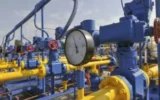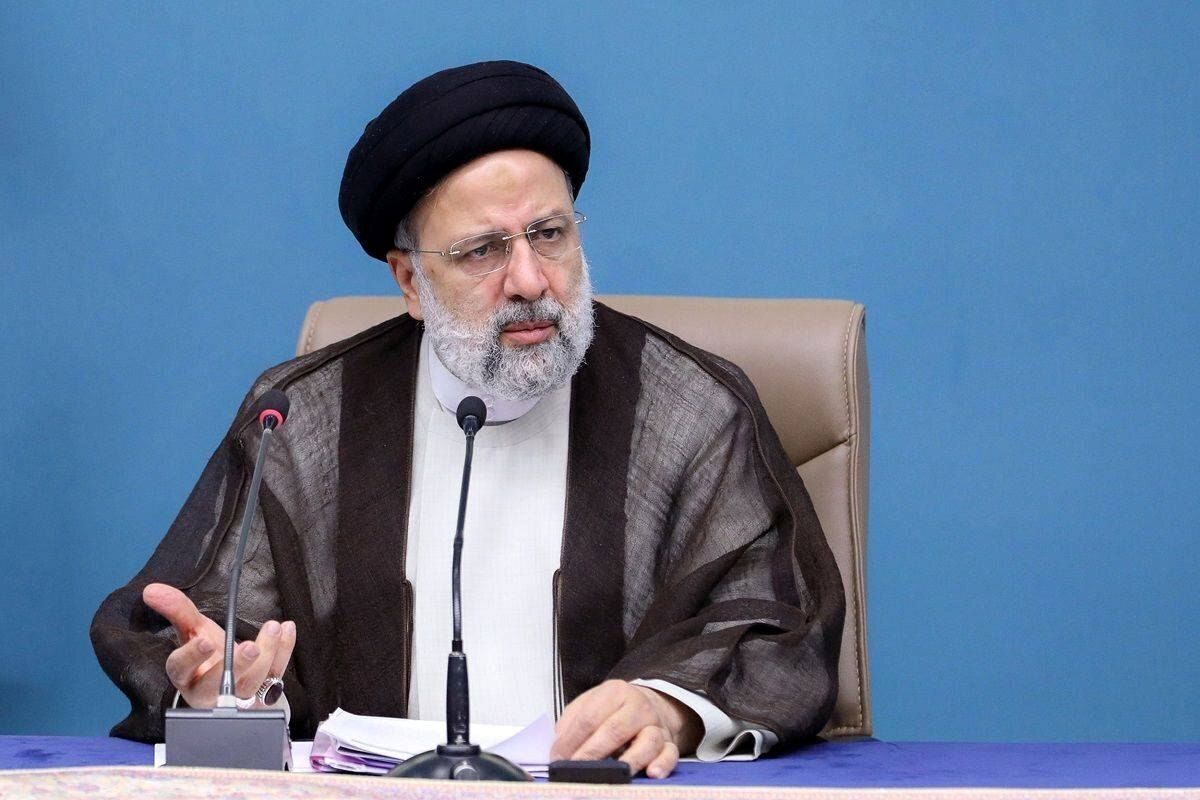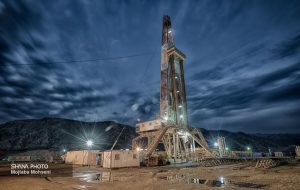
11 billion dollar project with an empty account; Dangerous game of banks in Azadegan oil field
The last condition of Mohsen Paknejad for the implementation of the Azadegan oil field contract is to deposit 800 million dollars to the account of Dasht Azadegan Arvand Company. A condition that banks have been unable to fulfill until today.

Refining and Distribution CEO: Technological opportunities in the refining industry are vast; the move towards data-driven management is gaining momentum
The CEO of the National Iranian Petroleum Products Refining and Distribution Company, emphasizing the move towards data-driven management and smart fuel chain, said: "The opportunity for technological and data-driven work in the refining and distribution industry is very broad. What is important in this path is the right direction, prioritizing issues, and defining effective cooperation models."
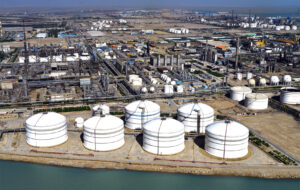
Getting to know Iran’s petrochemical holdings; this part of the Persian Gulf
Persian Gulf Petrochemical Industries Holding, as the second largest petrochemical holding in the Middle East and the largest player in this industry in Iran, plays a key role in meeting domestic needs and the international standing of this industry, with more than one-third of the nominal capacity of the country's petrochemical industry.
Breaking News
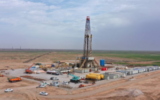
Two new contractors join Yadavaran development project

Incorrect energy pricing policies have reduced investment incentives
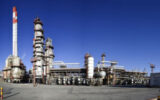
Modernization of Isfahan Refinery Control Systems in Final Stages

Extensive reforms in fuel consumption; daily reduction of 5 million liters of oil and gas

The domestic oil, gas and petrochemical industry exhibition begins in Assaluyeh

95 percent of fixed petrochemical equipment was domestically manufactured

60-year-old petrochemical units without renovation will be eliminated from global competition

Oil Minister: Recruitment in the oil industry should be done in a competitive and fair environment

The program to increase free fuel cards at gas stations has begun
